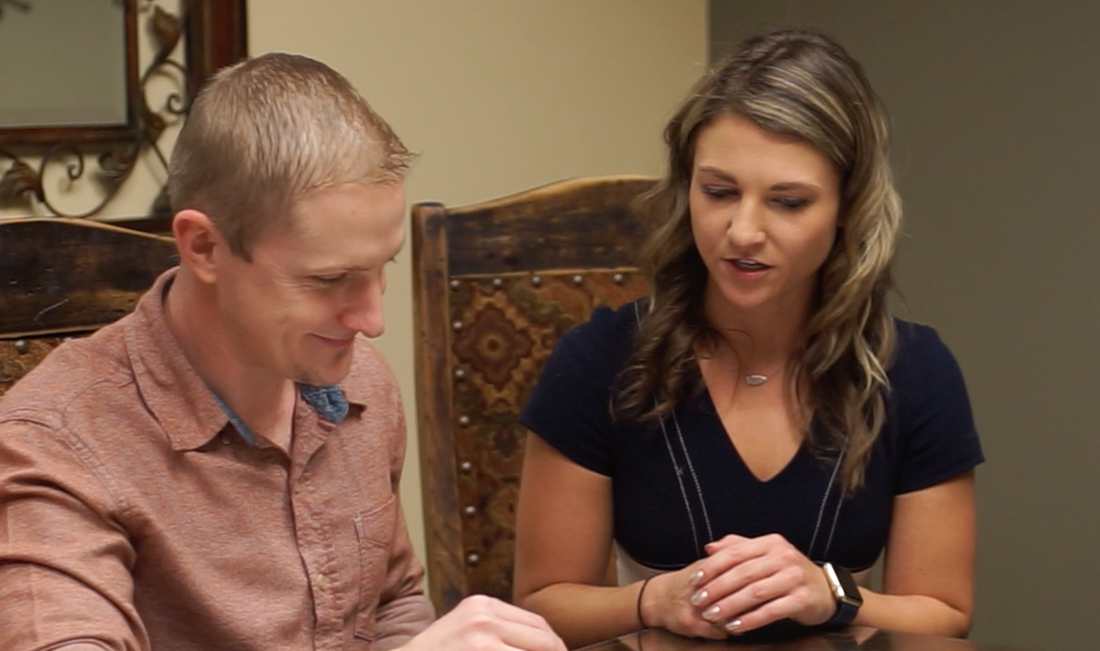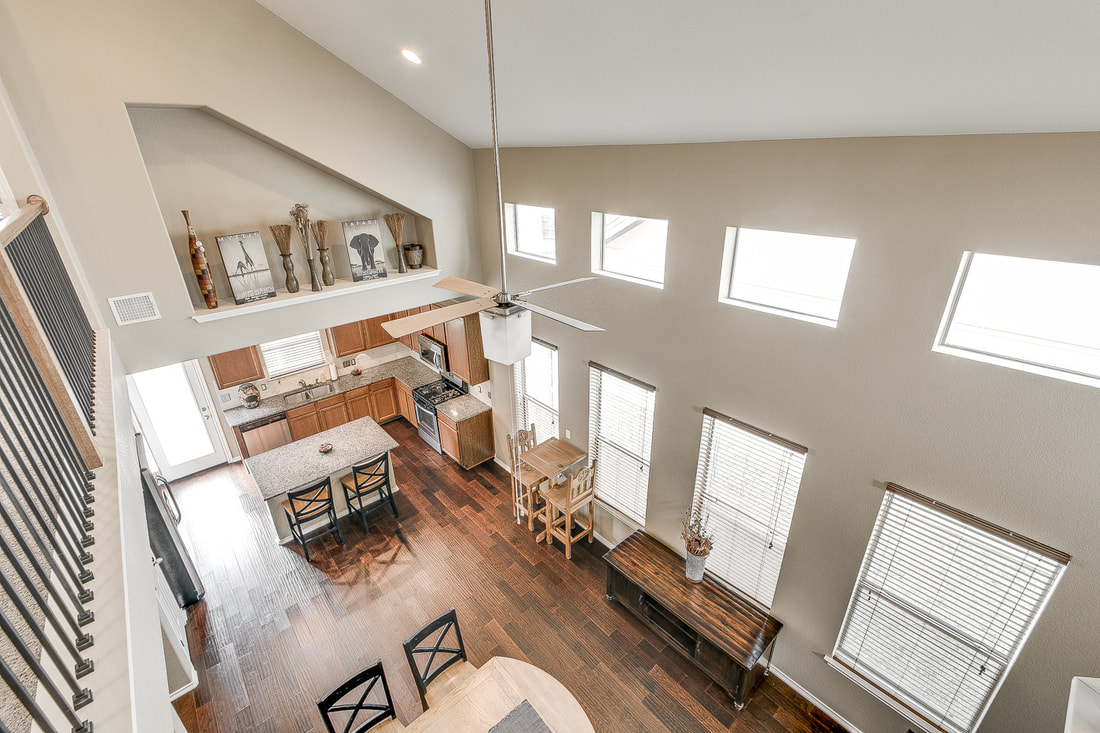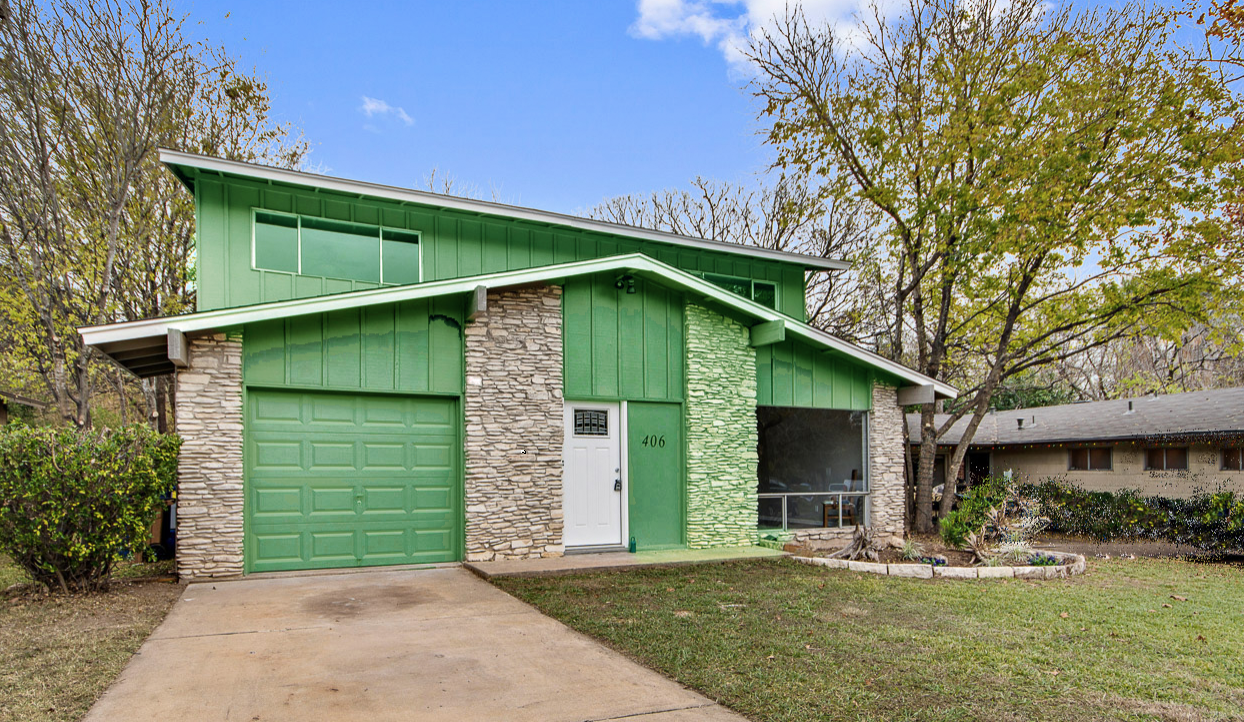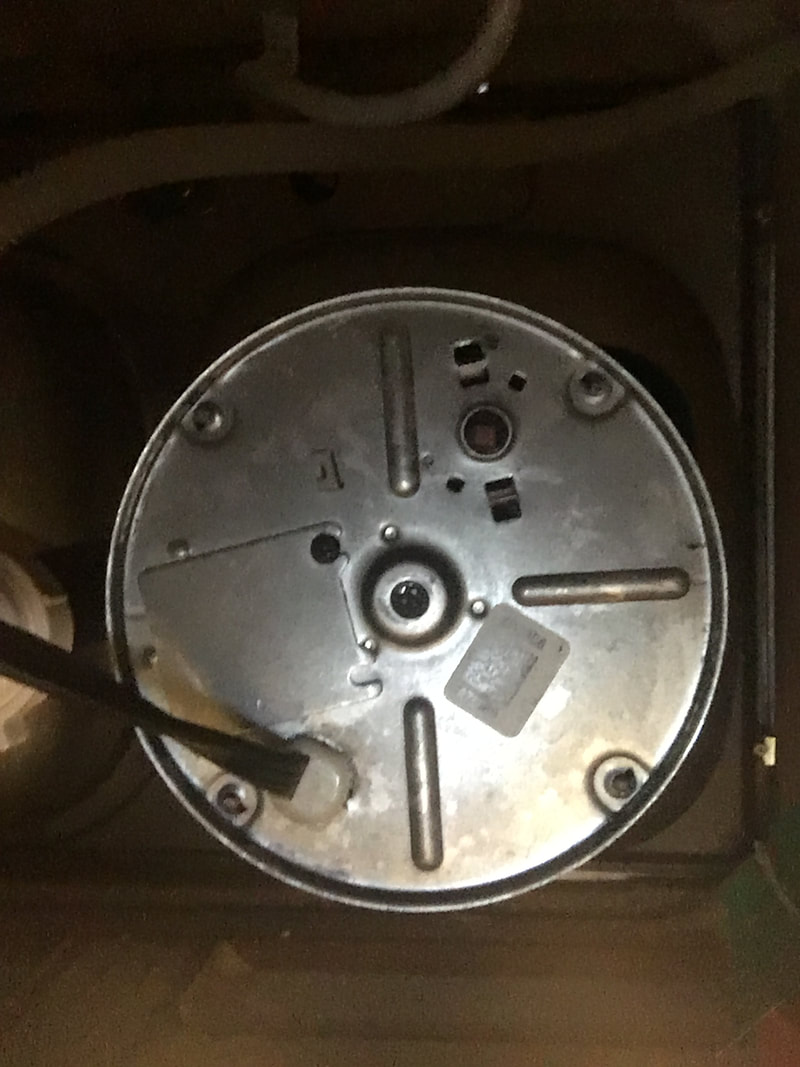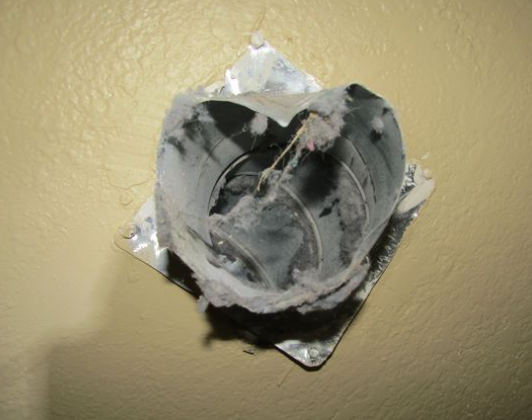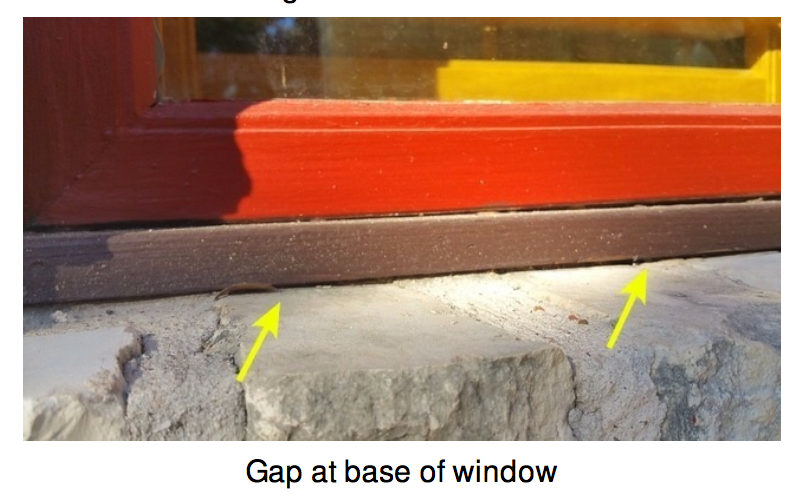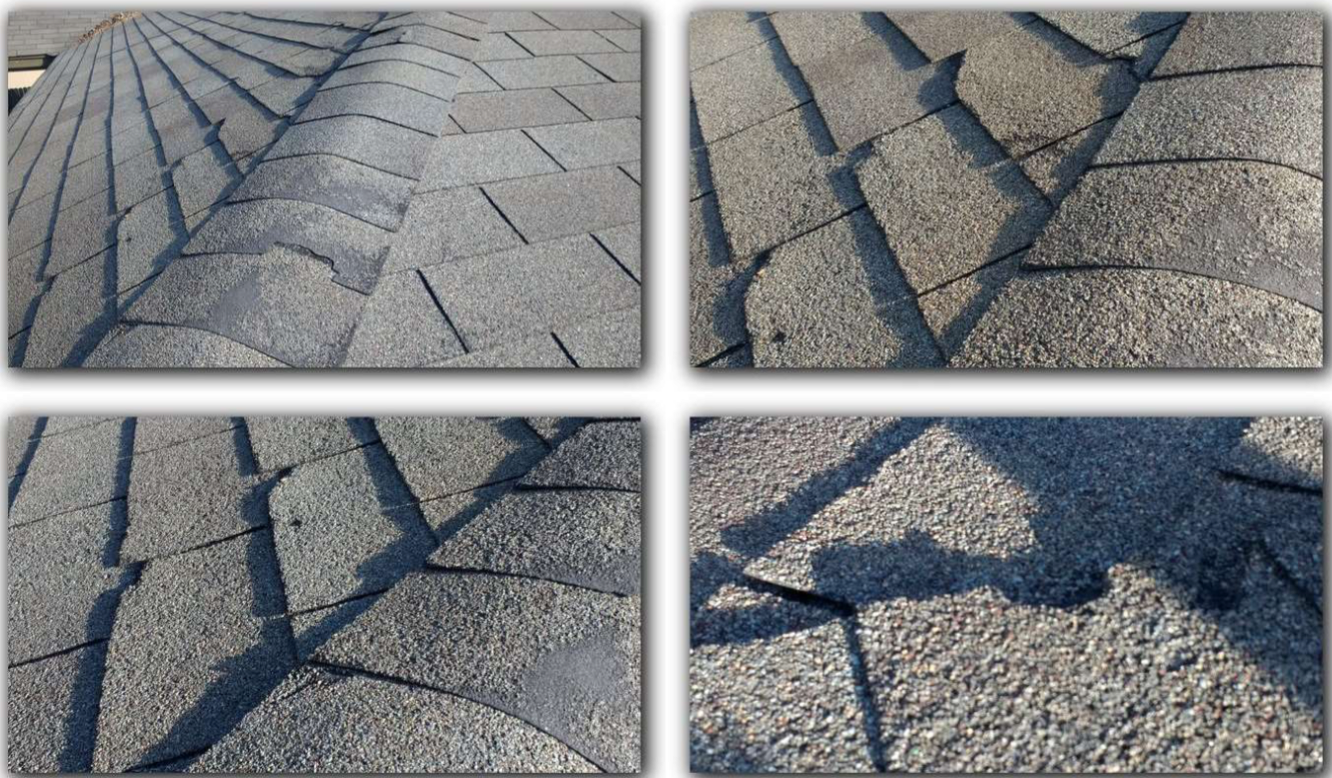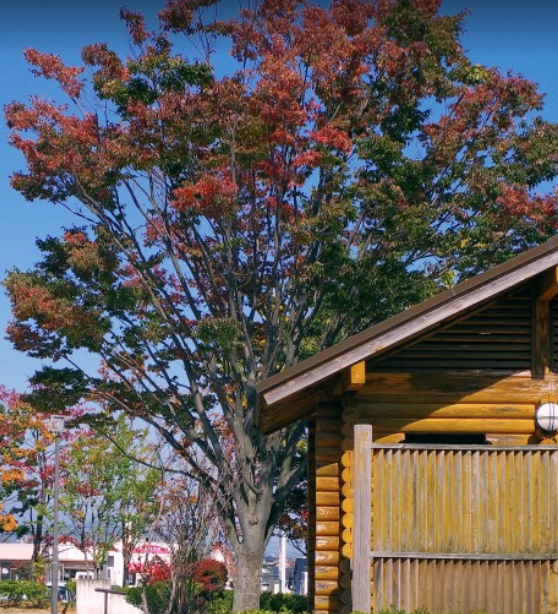|
When you put an offer in on a home, one of the negotiable items in the contract is a residential service contract, more commonly known as a home warranty. It’s quite typical for the buyer to request that the seller contribute a certain amount of money towards the buyer’s home warranty purchase. Why you should request a home warranty, how much money you should request towards a home warranty, and how to choose the right home warranty are all questions worth asking when you are purchasing a new home. Why should you get a home warranty? A home warranty reduces the costs of home repairs by providing an insurance policy of sorts on the maintenance of your home. If an appliance breaks, you will pay a service fee for the repair which is much less than the actual repair cost. There are really only a few situations when I will not recommend my client get a home warranty. If the home is a fixer upper or tear down, it doesn’t make sense to purchase a home warranty. New construction homes sometimes come with builder’s warranties. It’s a better use of my client’s funds to hold off on the home warranty if the builder’s warranties are as good or better than those offered by a home warranty company. If you know it’s a multiple offer situation, you may not want to request a home warranty. The home warranty weakens the offer by requesting an added expense for the seller. Otherwise, I will advise my clients to request money towards a home warranty. My job is to protect my client’s best interests so I will usually write in that the seller will pay a certain amount towards my client’s home warranty. If the sellers don’t like this part of the contract, they can always make a counter offer, but the initial offer is going to be skewed towards my clients’ best interests. How much does a home warranty cost? Since you have to put a monetary amount that the seller will contribute towards the buyer’s home warranty in the contract, it’s a good idea to have a rough idea of home warranty costs before you submit an offer. Home warranty costs vary significantly based on the type of home you are purchasing; a condo home warranty will cost less than a home warranty for a duplex with double the number of appliances as a single family home. The average amount I recommend in the contract is $500, this will cover an extensive condo plan with extra money for added coverages, and it will cover a mid-level policy for a single family home. Once we are under-contract on the home, I send my clients brochures from a few different companies so they can choose the policy that’s best for them. Which home warranty should I choose?
Choosing a home warranty policy is challenging. You need to determine what coverages are most important to you, compare annual costs as well as service fees, and take a look at the fine print to really determine which one’s the best. There are a number of different home warranty companies out there, and they all have multiple products to choose from. Usually they will have 3 service tiers, a basic plan, a mid-level plan, and the ultimate plan. Reviews.com did a great assessment of the options available for consumers looking to purchase a home warranty. In their article, they point out some great tips for finding the best home warranty company for you, and they also made a key conclusion that rates may be negotiable. Calling the home warranty company directly can often lead to obtaining the best rate. If you’re planning to purchase a home soon, it’s a good idea to understand the different home warranty options available to you. Contact me today, and I can send you brochures for a variety of home warranty providers in the Austin area.
1 Comment
 Small changes to update your home’s energy efficiency can provide lower utility bills and increase your home’s resale value down the line. If you’re considering making your home more green, and are not sure where to start, a great first step is to look at an energy audit for your home. If you live in the City of Austin, and your home was built more than 10 years ago, an energy audit was required with the sale of your home. You can request a copy from your REALTOR or email [email protected] to see if they have a copy on file. If there is no energy audit for your home, you can obtain one from an Energy Audit company for approximately $150. This report outlines areas in need of improvement in regards to energy efficiency within your home. Some common areas where you can increase the efficiency of your home are windows and doors, insulation, and appliances. Windows and Doors: You can seal air leaks around windows, doors, fireplaces, ceilings, and walls with caulk, spray foam, and weather stripping. Reducing the air leakage in these areas will lead to serious cost savings in regards to utility bills and also add to your personal comfort in your home. According to the Office of Energy Efficiency and Renewable Energy, “the potential energy savings from reducing drafts in a home may range from 5% to 30% per year.” Insulation: Many older homes are poorly insulated leading to substantial losses in warm or cool air depending on the season. Your first step to tackle properly insulating your home should be to look for any gaps, cracks, or penetrations in the attic floor. After filling these holes, assess the level of insulation currently in your attic. You can use this reference guide from Energy Star to determine how much insulation you should add to keep your home comfortable and cost-effective. Windows: Single pane aluminum windows are not very energy efficient. Unfortunately, replacing windows can be costly, around $600/window on average. It’s unlikely that the energy savings from new windows will outweigh the costs of installation. However, they do increase your home’s resale value. HVAC: One of the largest culprits for poor energy efficiency in the home is an old HVAC system. Cooling systems that are more than 10 years old are inefficient by today’s standards. Replacing your HVAC system can lead to 20% in energy savings with a mid-range model. Choose an energy efficiency model for even more savings. Not sure you want to replace the whole HVAC? Considering installing a smart thermostat such as a Nest which automatically controls your thermostat to run in the most energy-efficient way without compromising your comfort when you are home. Appliances: Some appliances offer more bang for your buck when you are deciding which appliances to replace with energy-efficient models. Refrigerators have made major leaps in regards to efficiency in the past few years, compared to dryers which really haven’t become that much more efficient. Washers on the other hand use almost half as much energy these days, and a third as much water as traditional top load washers. If your washer is over 10 years old, or if it’s a top load model, you may want to consider swapping it out for a newer green model. Similarly, new energy efficient dish washers use almost half as much water as older models. As one of the least expensive appliances in the home, a dishwasher makes economic sense to replace. Does reading this post make you want to pinch yourself for not thinking about all the sources of money going down the drain in your home? Have no fear, a number of these upgrades are easy to tackle in a weekend, and will lead to serious savings on your utility bills.
Today, I went to the City of Austin’s Development Service Center to see if a property my client is considering purchasing could be subdivided. I had already done preliminary research, and came to the center with a survey of the property and the knowledge that it’s zoned SF3. Anyone considering purchasing a property that they want to change should of course do their own research. However, I wanted to do a little due-diligence before I sent my client to the city to ask questions himself. I was told that a lot can be subdivided as long as the new lots meet all of the lot requirements for that particular zoning. For an SF3 lot, that means the new lots must each have a minimum lot size of 5,750 square feet. For SF3 lots in the City of Austin, there are building setbacks. There are 15ft street side setbacks, 5 ft. interior side setbacks, and 10 ft. rear setbacks. In order to subdivide a lot, the new lots must also be at least 50 ft. wide at the 25 ft. front set back. If the width is less than 50 ft. wide, you can subdivide the property with one lot becoming a flag lot. Flag lots require a minimum lot width of 20ft or 15ft if two or more contiguous lots share a common driveway and there is room on the other sides of driveway for emergency/utility use. Building on the newly subdivided lots must also conform with current regulations for City of Austin SF3 lots. The maximum building on the lot is 40%, and the maximum impervious coverage on the lot is 45%. The subdivision process for normal lots (minimum 50 ft. wide) takes about 3-6 months with the City of Austin. For flag lots it can take 6-9 months. Normal subdivision costs approximately $6-7K in city fees. The flag variance would cost an additional $4k. For any subdivision you will also need civil engineer drawings, and new surveys which would be an additional cost.
If there are any other unique site characteristics that would impede your ability to develop the site in accordance with city regulations such as steep slopes, drainage systems, trees, or existing non-compliant structures, you can request a variance through the City of Austin’s Board of Adjustment. This would entail additional fees and time. If you’re wondering what you can do on a lot within the City of Austin, The City of Austin’s Development Services Department is a great place to start. You may also be interested in reading my article, What can one do on this property? Considering land characteristics, zoning, and restrictions. If you’re considering purchasing a property in Austin, contact me today. I’d be happy to walk you through the process. February is the month of love! With Valentine’s Day right around the corner, why not think about showing your home some love this year. Preventative maintenance to your Austin home pays off in the long run. By taking the time to check your home regularly, you can prevent costly repairs down the line. Also, many of these tips will help your home be more energy efficient, saving you money on utility bills now. There are a variety of steps you can take to show your Austin home some love. I have organized this list into two categories: items inside the home and exterior maintenance items. Interior Home Maintenance Items: Clean Refrigerator Coils: The coolant in the coils of your fridge keeps your refrigerator cool by pulling warmth out of the fridge. When these coils get covered in dust and debris they work less efficiently. These coils are usually located on the back of your fridge, or on newer models underneath the toe panel at the front of the fridge. Before you attempt to clean your fridge coils, unplug the fridge. Locate the condenser coils, remove the kick plate if needed, and use a vacuum hose to suck up all the dust. You may need to use a narrow brush to dust off the coils before vacuuming. Garbage Disposal: A dirty disposal can lead to an atrocious odor in your home. Keeping your disposal clean and smelling pleasantly is not too challenging. You can freeze vinegar in ice cubes, and then put the vinegar ice in your disposal and run it with water. Alternatively, you can cut up citrus and use the same strategy. If your disposal is making a buzzing sound but not running it usually means the disposal is stuck. First, unplug the disposal and make sure nothing is stuck inside. If you don’t find anything, there are two methods to fix your disposal. Your disposal usually comes with an Allen wrench. If you can find this, use it on the breaker socket located at the bottom of your disposal to fix the issue. If you can’t find the Allen wrench, approach this issue from your sink. Use a broom stick or another long item like the end of a long wooden spoon. Put the stick in the disposal and position it against the blades and work it back and forth until they move freely. Voila! Hood Vents: Have you ever looked underneath your stove hood and checked the exhaust fan filters? If you haven’t it will likely be filthy. This is the point of the range hood filter, to collect grease. Overtime, they will become blocked with grease and could even be a fire source. So, it’s good to periodically clean your hood vent filter. Most filters easily slide or pop out from beneath the hood. Remove your filter, and fill the sink or a bucket with boiling water. Add about a quarter cup of baking soda to the water and some degreasing dish soap. Mix it up until it’s nice and soapy. Let the filter soak in this “bath” for about ten minutes. After it soaks, scrub the filter, rinse it and let it dry. Put the filter back in your hood, and you are all done! Dryer Vents: A tale tell sign that your dryer vent needs to be cleaned is when your dryer is no longer drying clothes as well as it used to. Even if you’re not seeing this sign yet, it’s a good idea to clean your dryer vent regularly. It helps your dryer work more efficiently, and eliminates the possibility of a fire from dryer vent dust. Cleaning the dryer vent is similar to cleaning the refrigerator coils. Effectively you want to dust/brush the lint trap and vent and then vacuum up the dust. This tool can help you dust the dryer vent and the refrigerator coils. Check Seals Around Windows and Doors: Overtime seals surrounding windows and doors wear away. This leads to a less-energy efficient home. Inside your Austin home, the cool or warm air, depending on the season, can easily flow into or out of the home. Do a visual inspection of your home to see if there are areas that need to be addressed. Look for weather stripping at doors that needs to be replaced or caulking around windows that needs to be re-done. Depending on your skill set, you can either fix these items yourself, or call in a professional. AC System: Air conditioner filters and coils require regular maintenance to ensure your system is running efficiently. Clean or replace your air filters every couple of months to keep your HVAC running efficiently. AC falls into both the interior and exterior category. You also want to look at the evaporator coil and condenser coil of your AC system as these gather dirt and dust overtime. The dirt reduces airflow and insulates the coil preventing it from doing as good of a job at absorbing heat. Cleaning the area around the coil and removing any debris (leaves, etc) will help your system run its best. You can also sign up for regular AC maintenance programs with a local provider like ARS. Exterior Home Maintenance Items: Roof: Check your roof periodically to make sure there are no worn areas that need to be repaired. Maintaining your roof properly will prevent costly leaks that lead to more extensive drywall repairs later on. You also want to check the flashing that runs along the edges of your roof. Small holes or corrosion in the flashing can be easily fixed with roofing cement and a patch that matches your current flashing. Also, check the flashing by your chimney as this can come away from the chimney over time allowing water to penetrate your roof. Gutters: While you are of the roof, check your gutters. Make sure they are not filled with debris and fix any sagging gutters so they properly disperse water away from your home. Check for lose connections along the corners of your home and make sure all down spouts are properly dispersing water away from the home. Gutters that pour water towards the base of your home can lead to costly foundation issues if not treated in a timely fashion. You may also need to look into grading your lawn so that water from gutters flows toward the edges of your property, not near your foundation. Check Tree Limbs: Make sure your tree limbs are not getting close to the roof line, tree branches that near the roof line will cause roof damage over time as they rub along the roof. You also want to trim any branches nearing power lines. Also look out for dying trees that may fall on to your home after the next storm. Encroaching Plants: Take a look at the plants near the base of your home as well. Climbing plants going up the side of your home are the perfect little road for pesky insects like carpenter ants and termites. Remove any such plants so they don’t allow wood destroying insects to enter your home.
Siding: Check your siding to ensure that its intact. Make sure there are no visible holes or pieces that have fallen off. Also, look for signs of water damage on your siding as this usually indicates a drainage issue or interior plumbing concern. All types of siding benefit from an annual cleaning. Consider renting a power washer to tackle this job annually, or contact me for recommendations for a pro to take care of this process for you. Do yourself a favor and show your Austin home some love this February by utilizing some or all of the maintenance tips I outlined above. If you need a professional to help, I’m happy to provide recommendation for service providers my Austin clients or I have used in the past to tackle home maintenance. |
BLOGSharing Austin real estate updates, home owner tips, & more. Archives
February 2024
Categories
All
|

